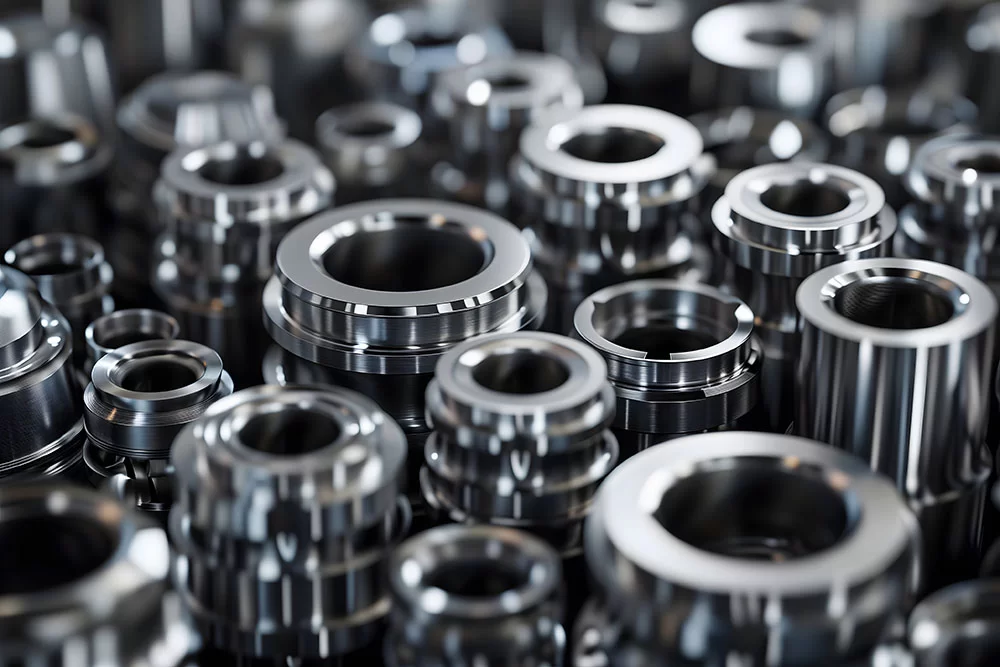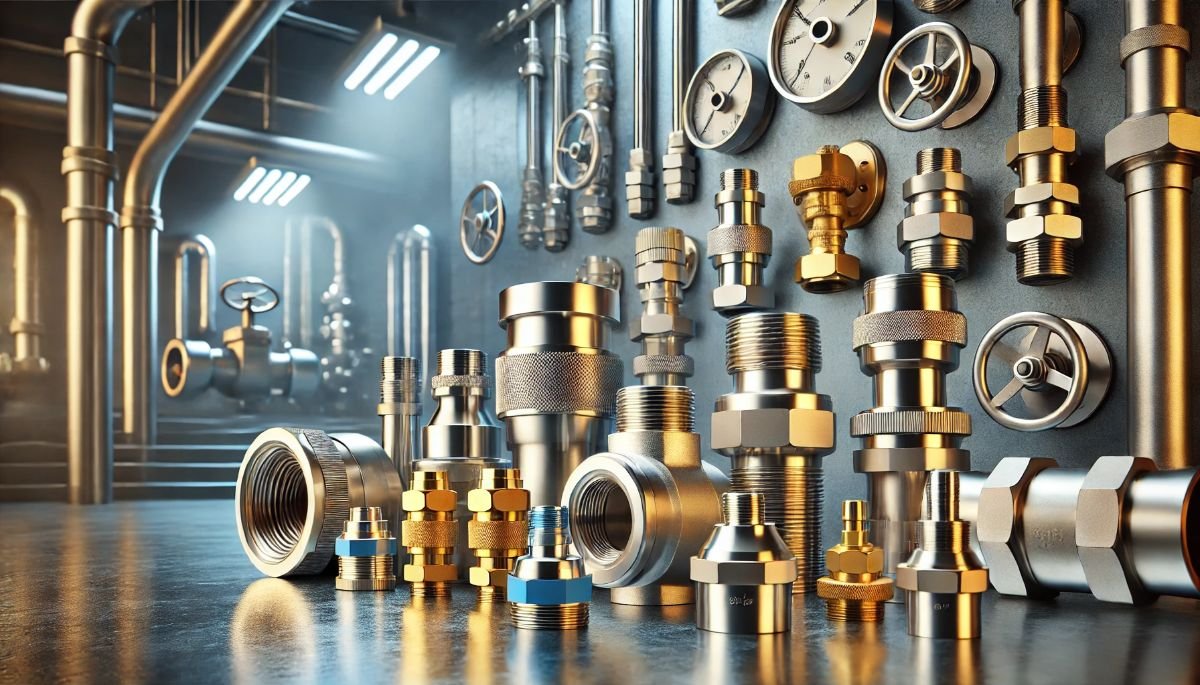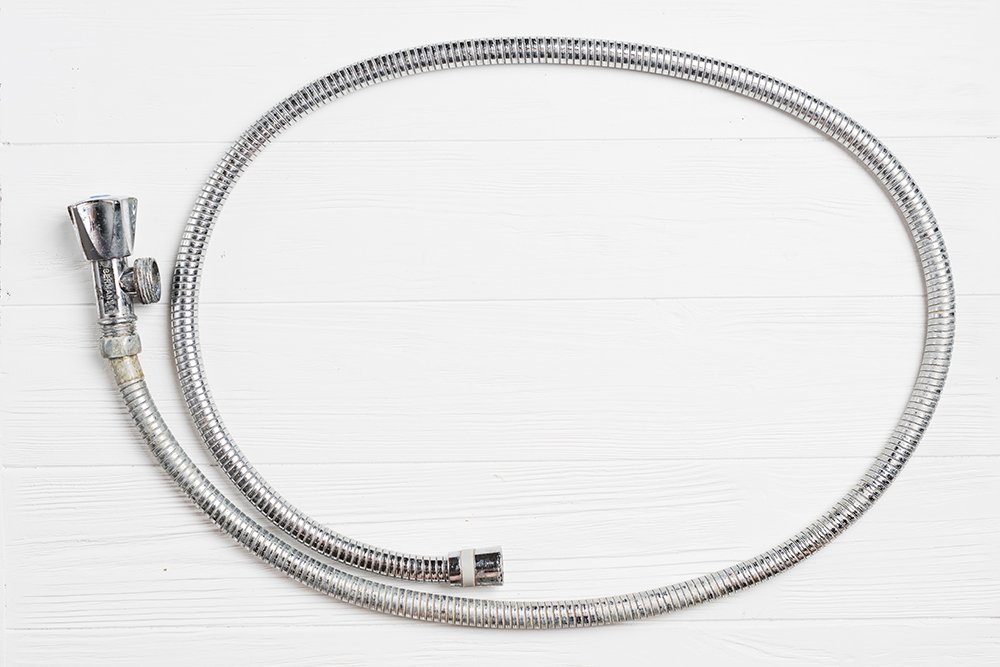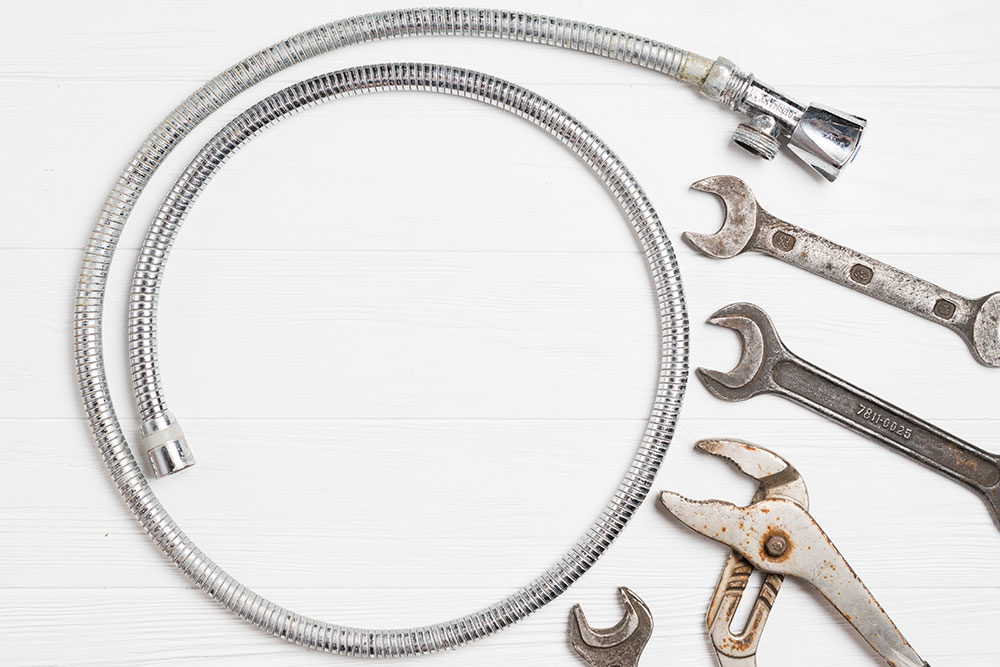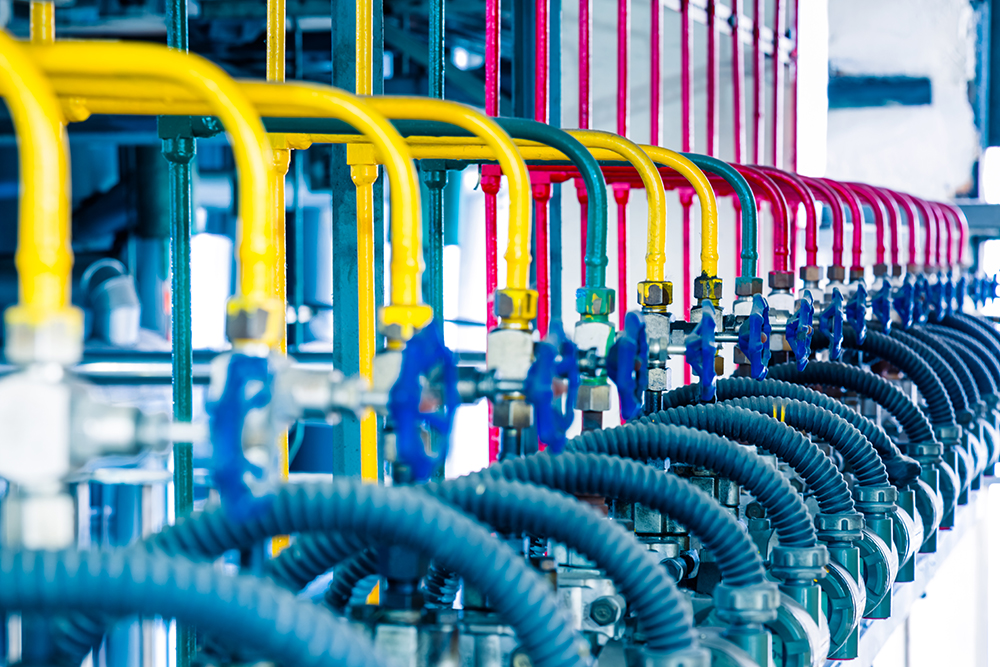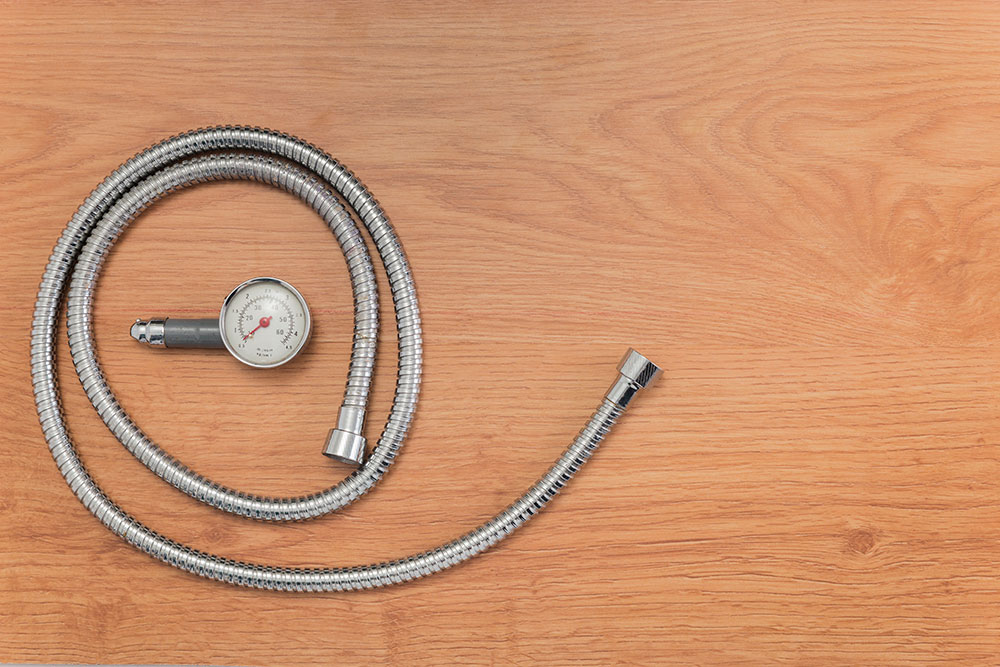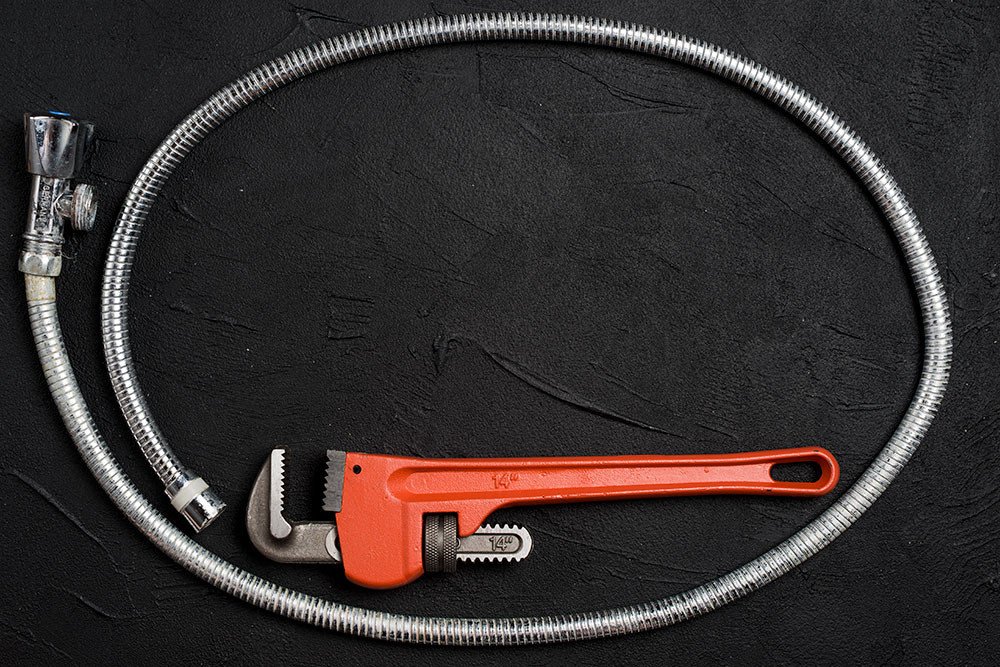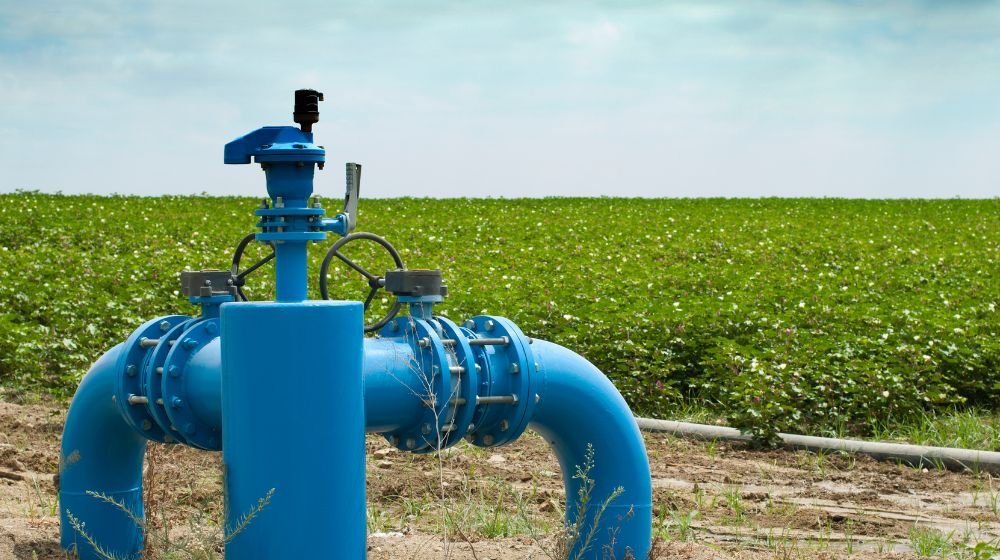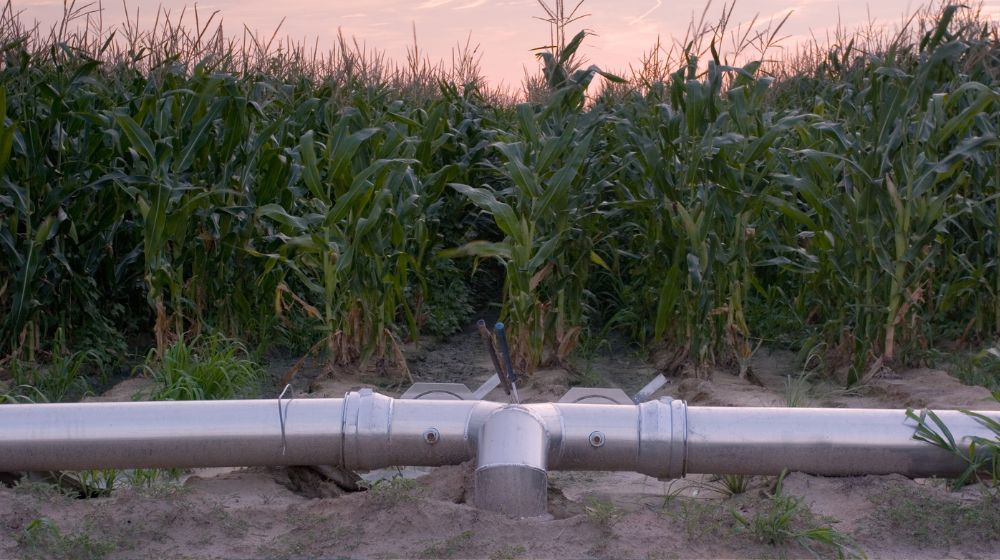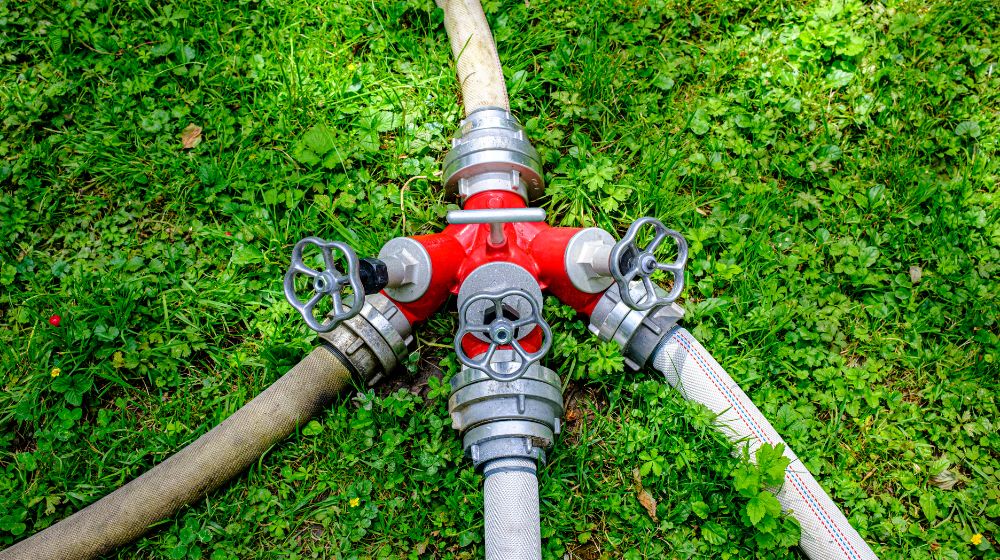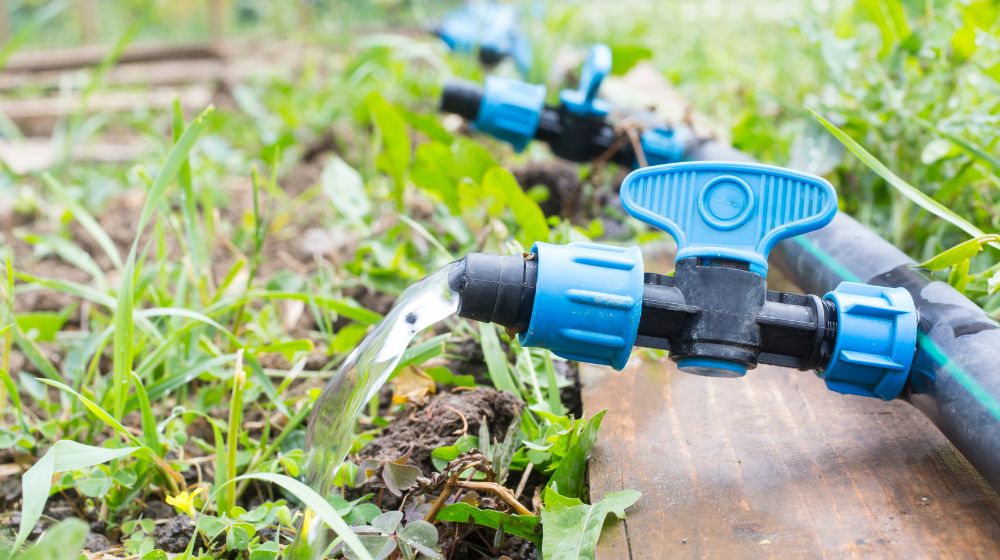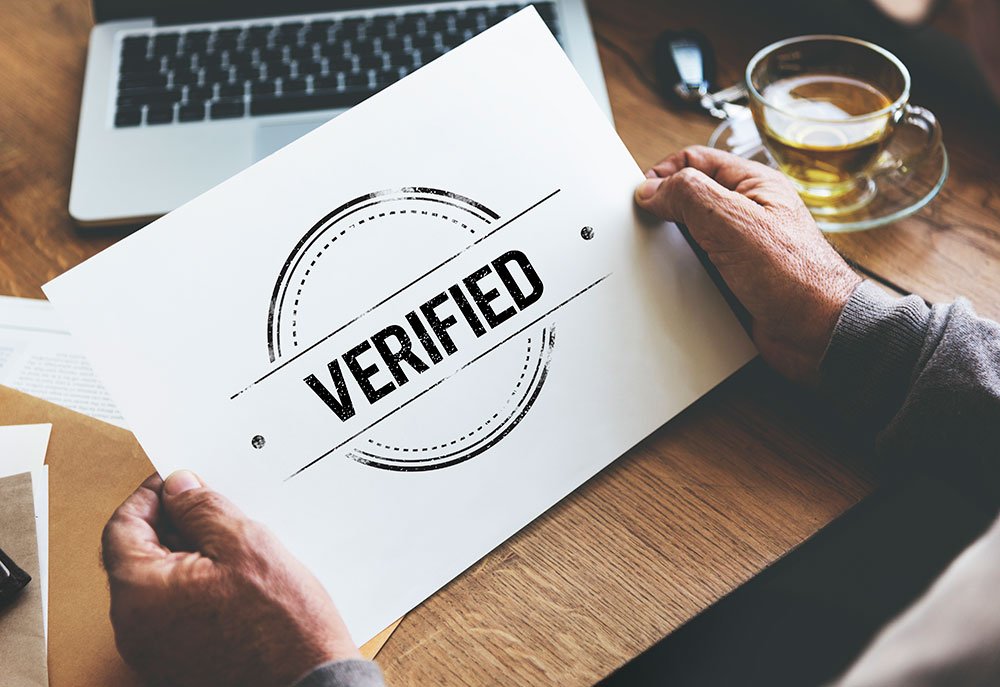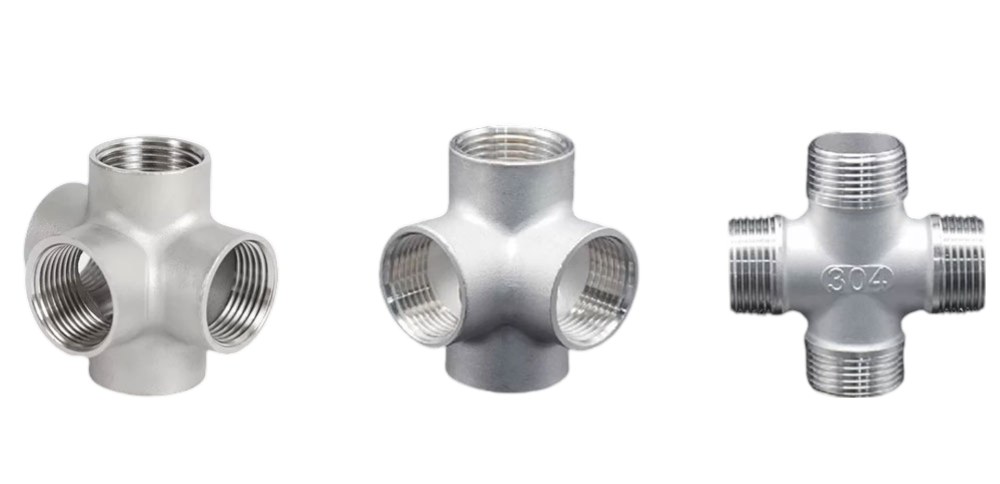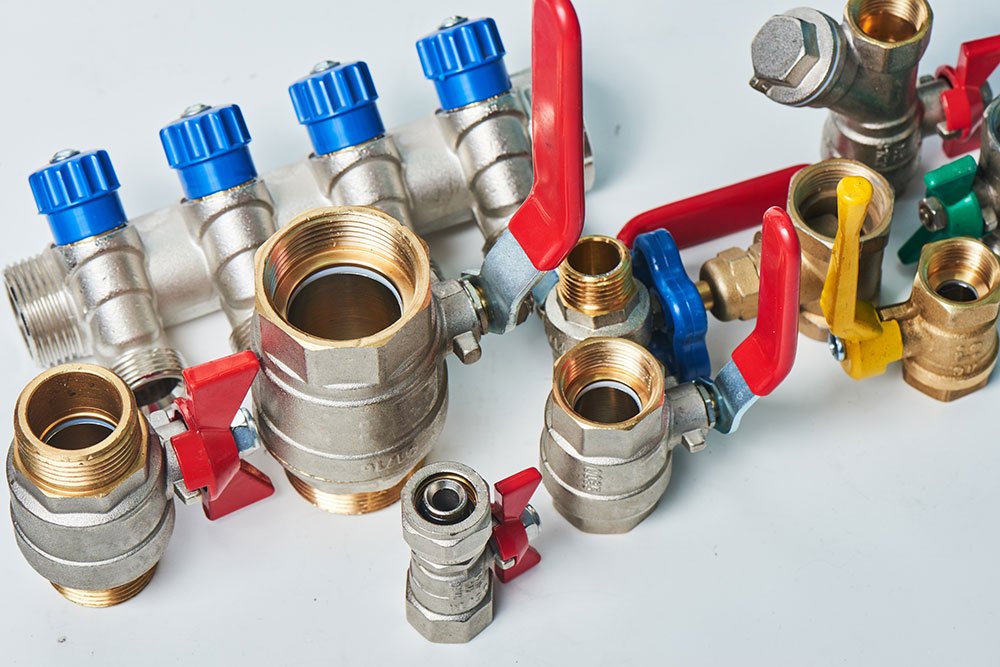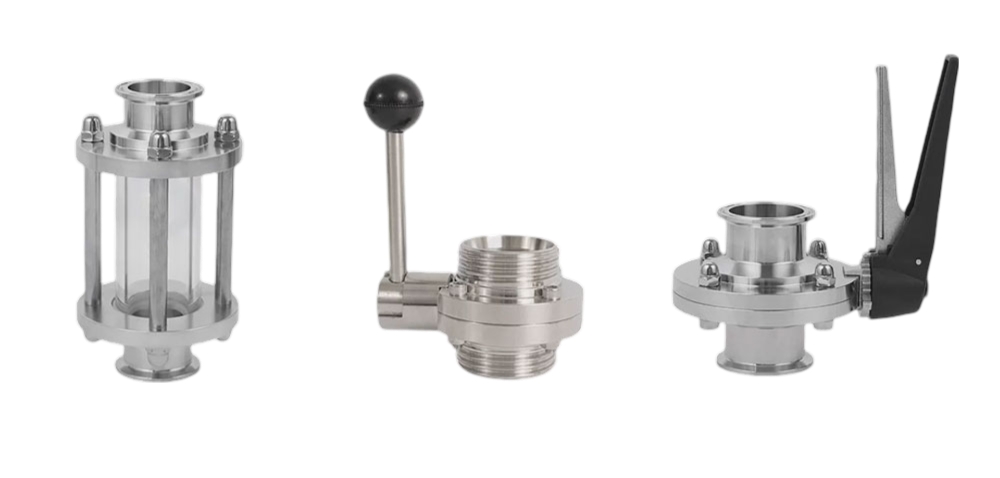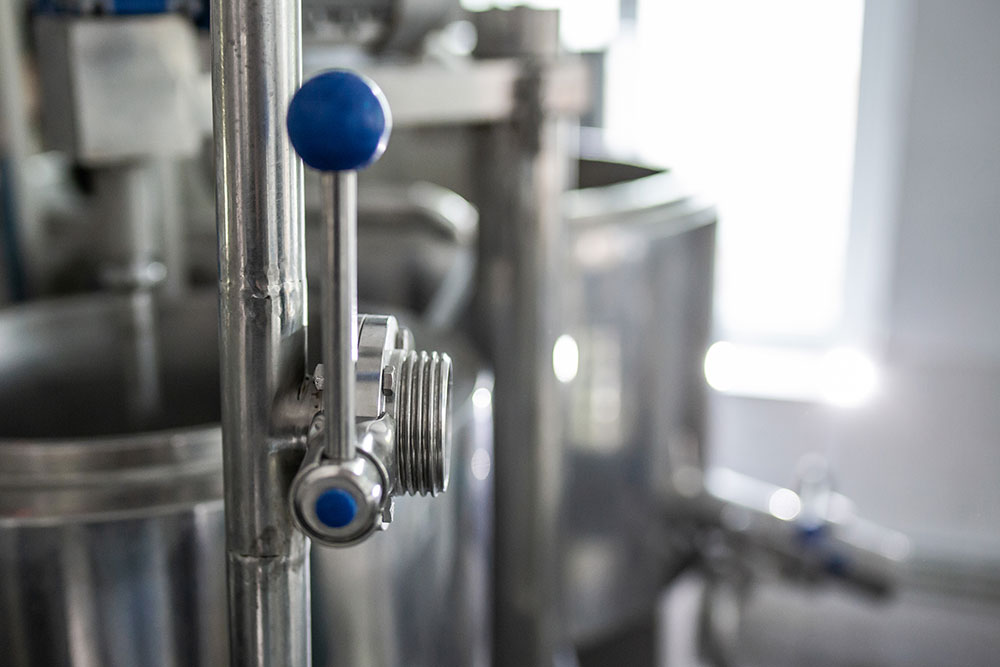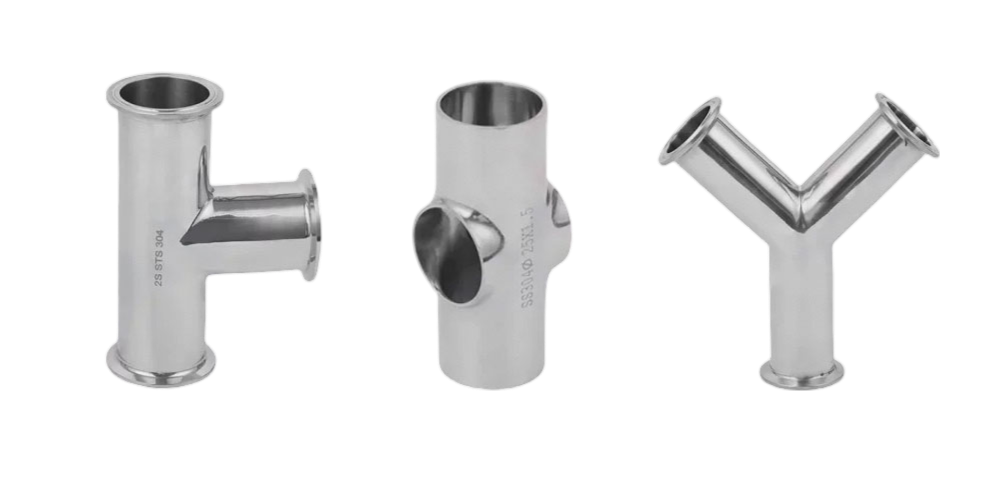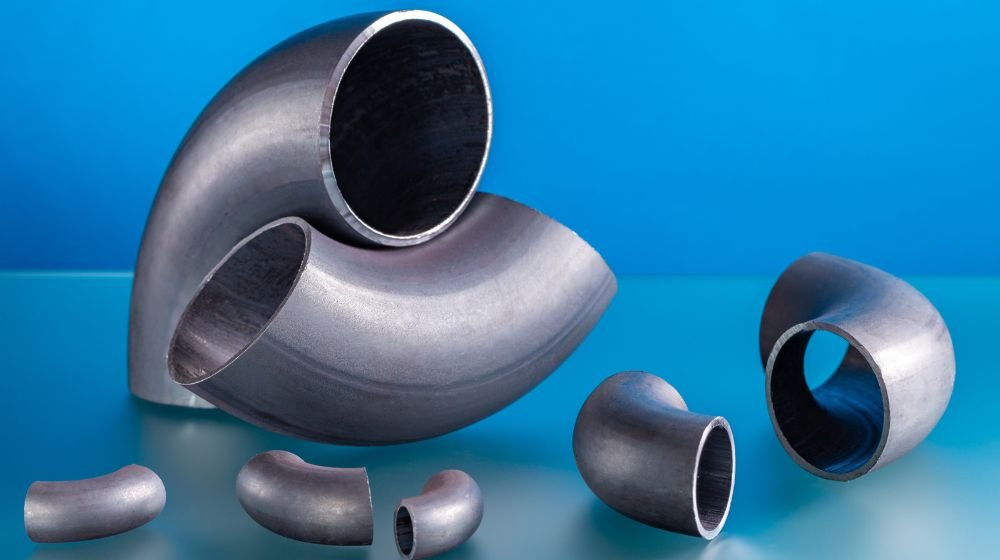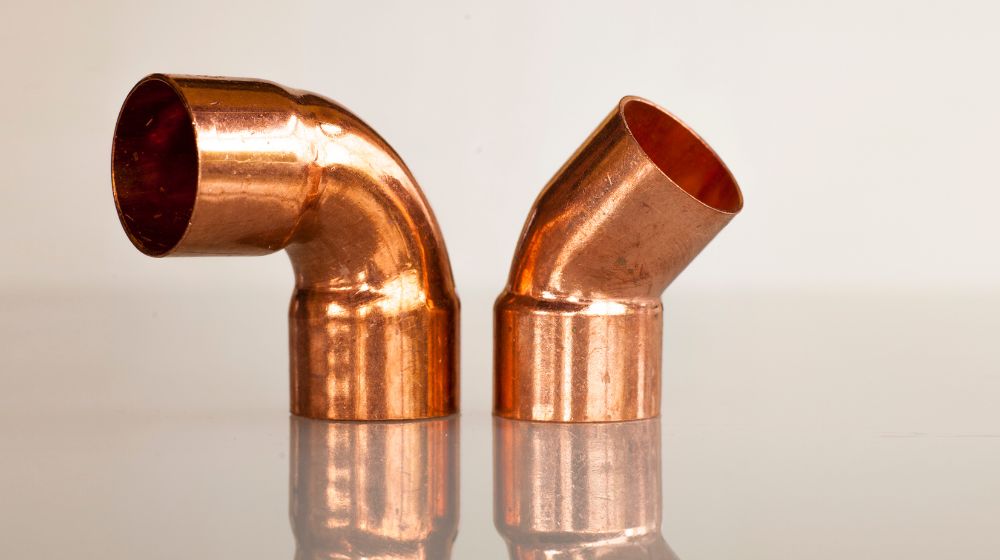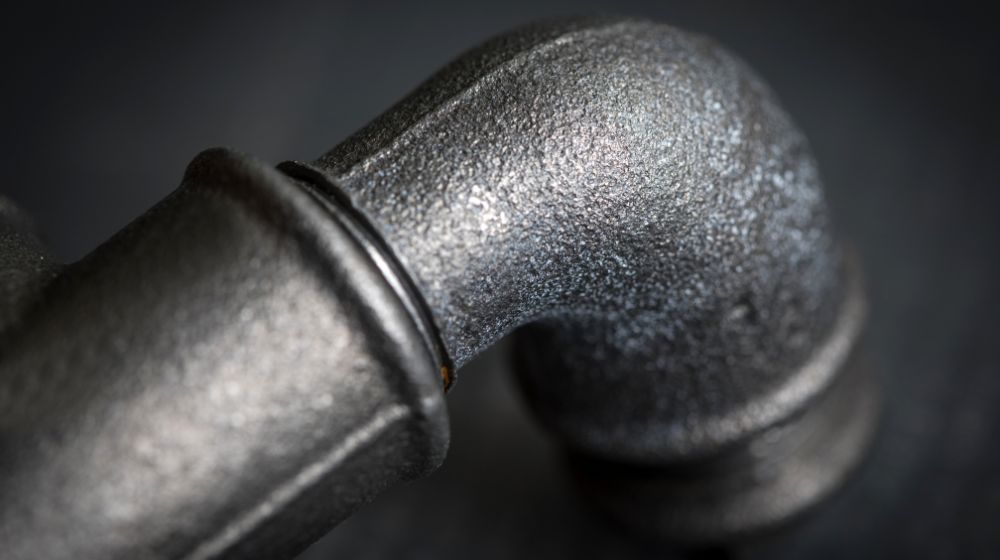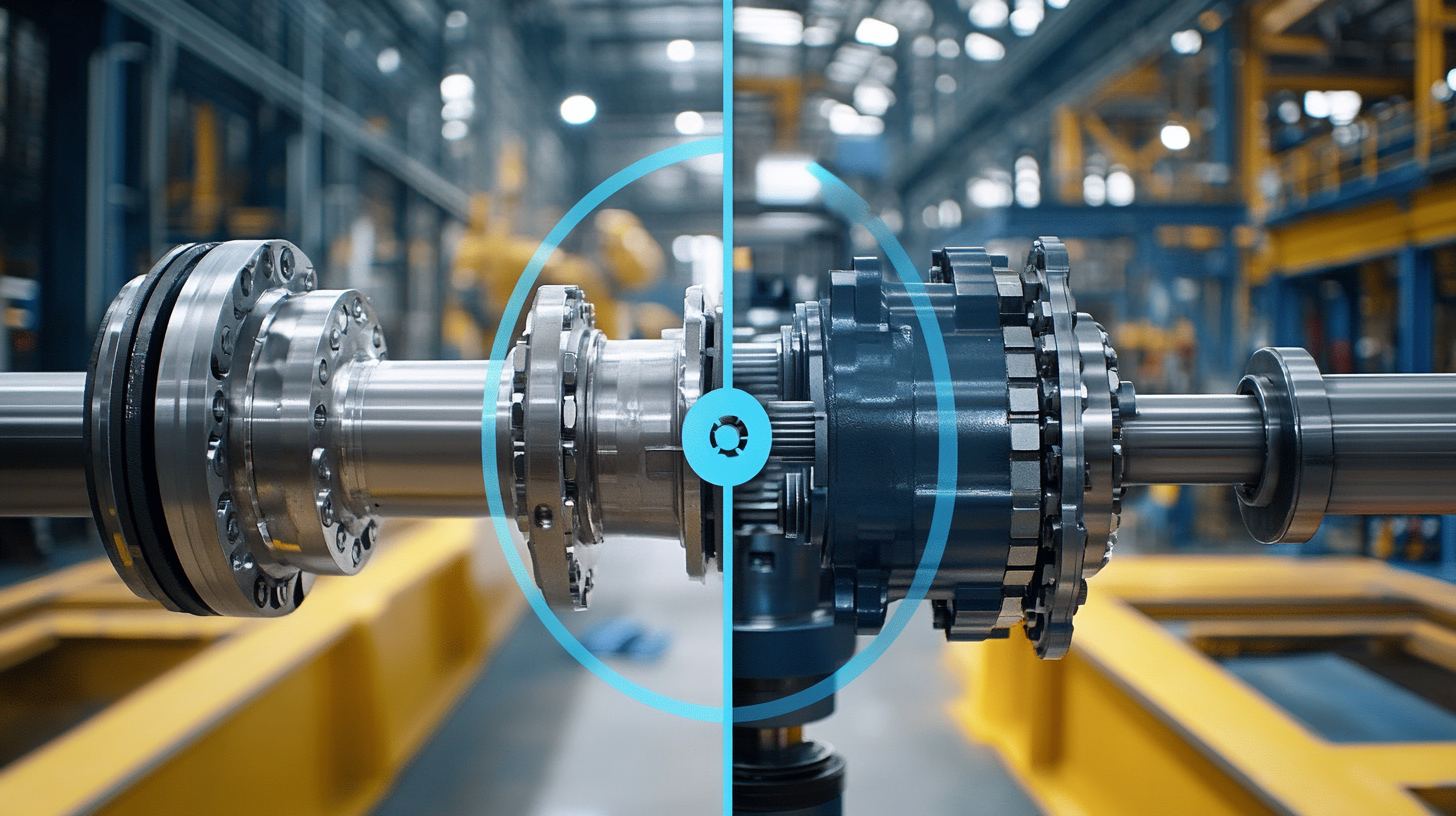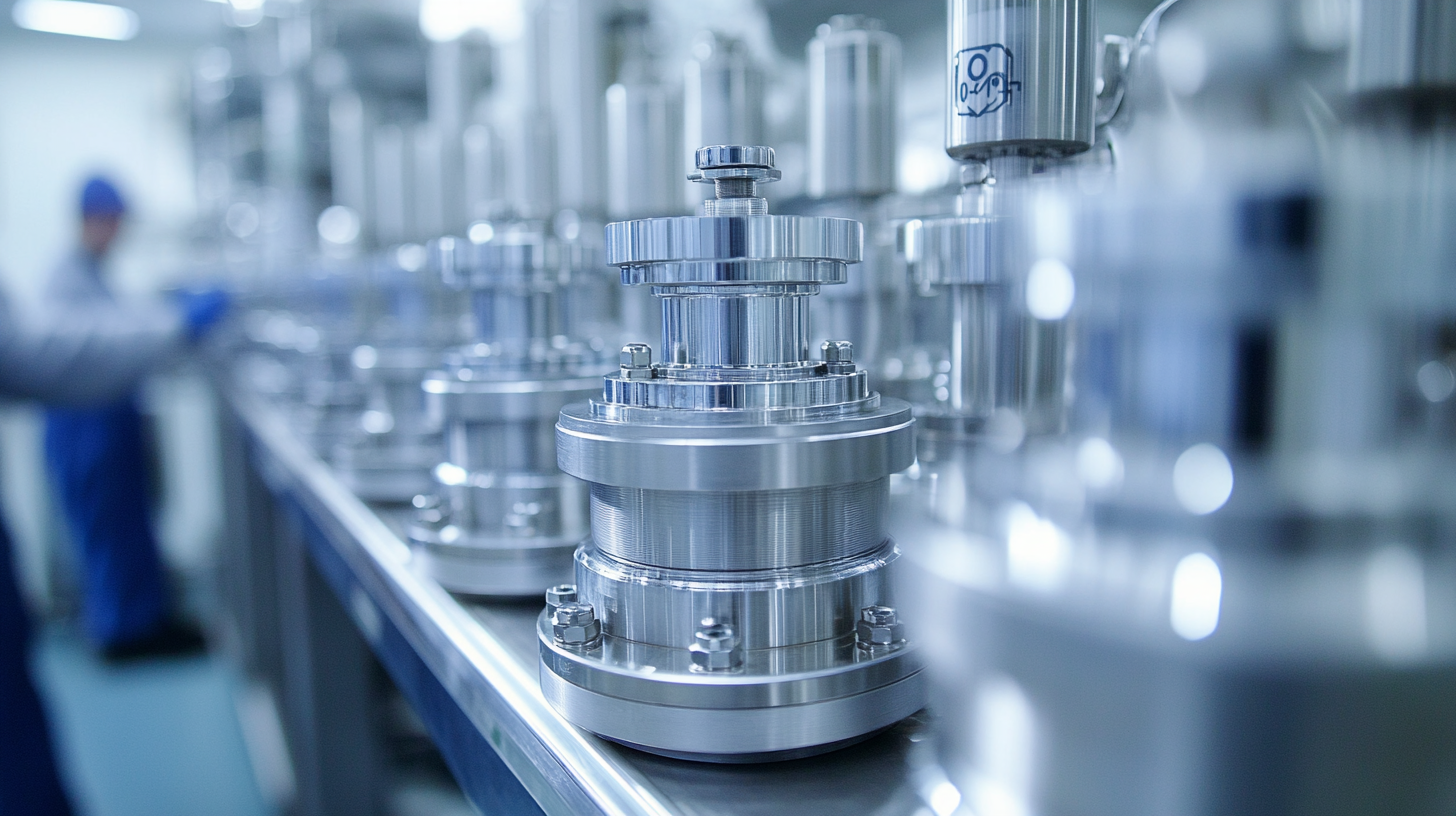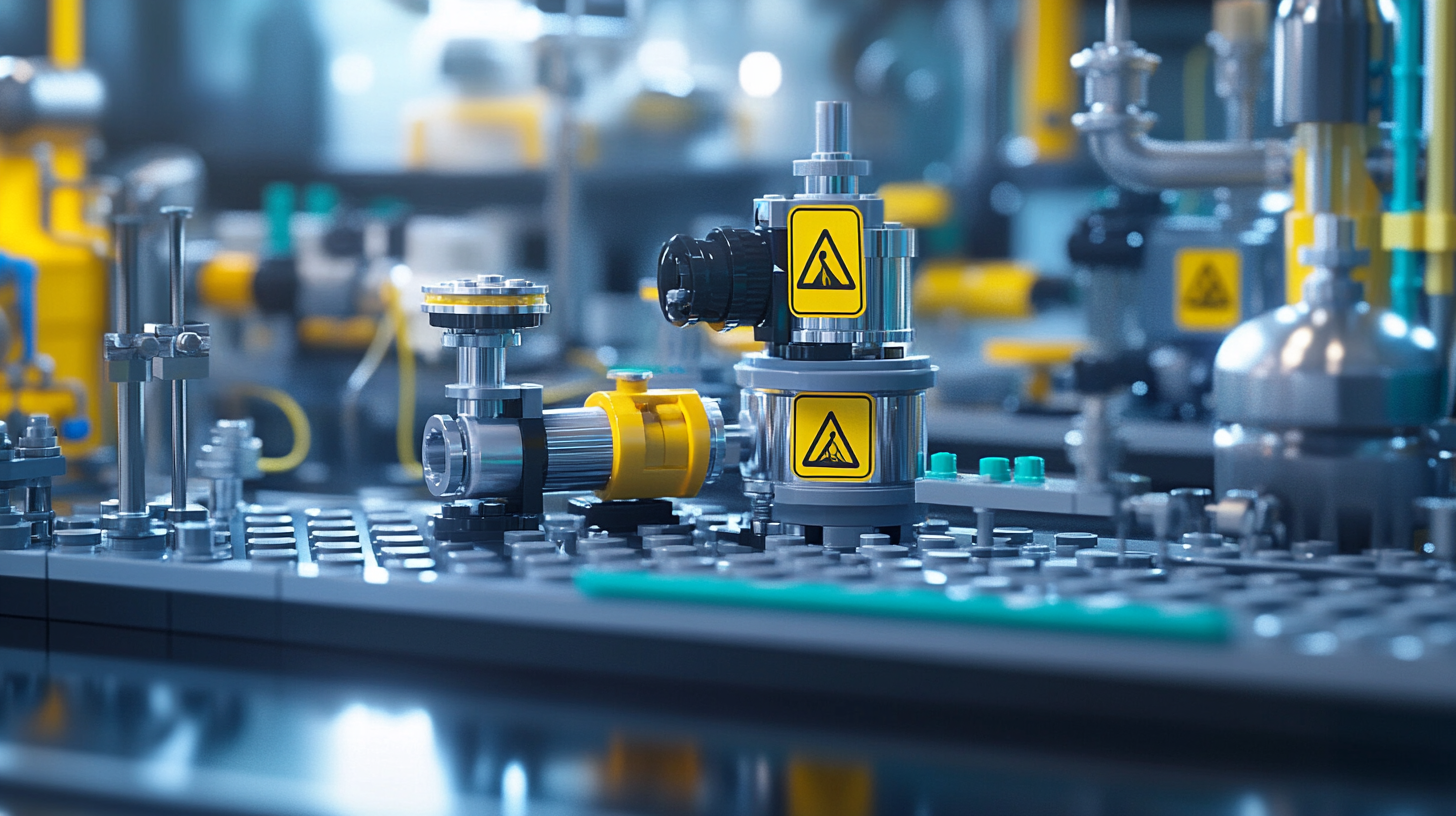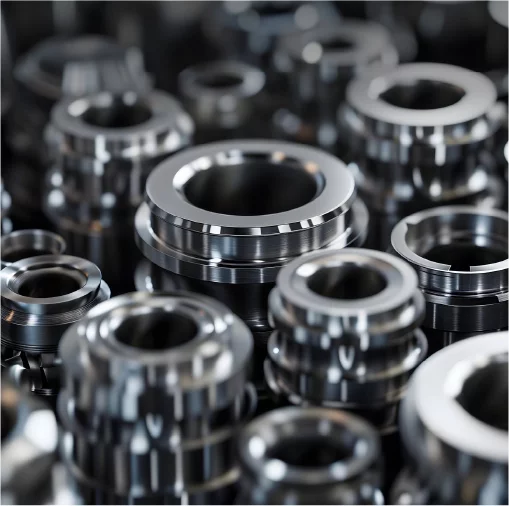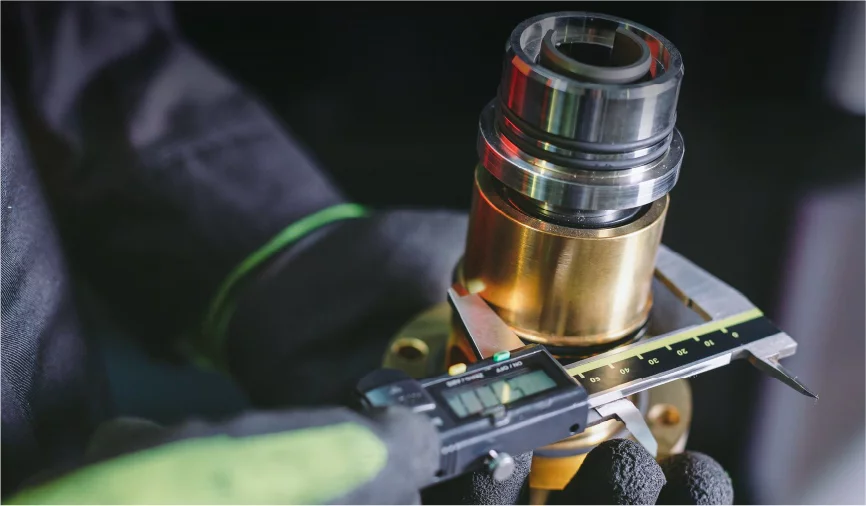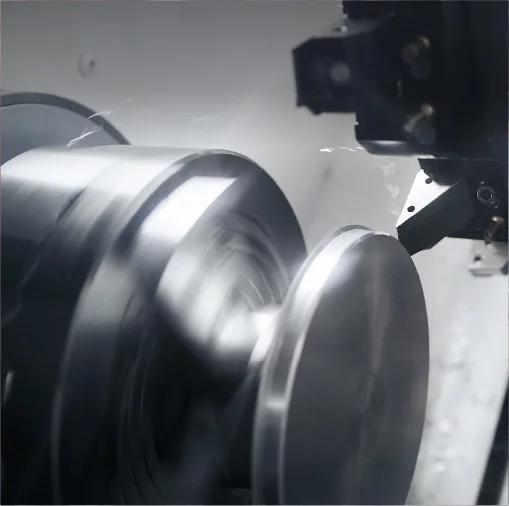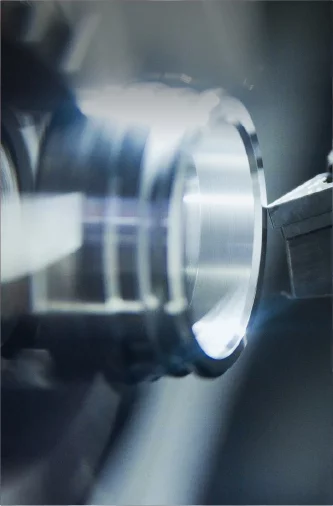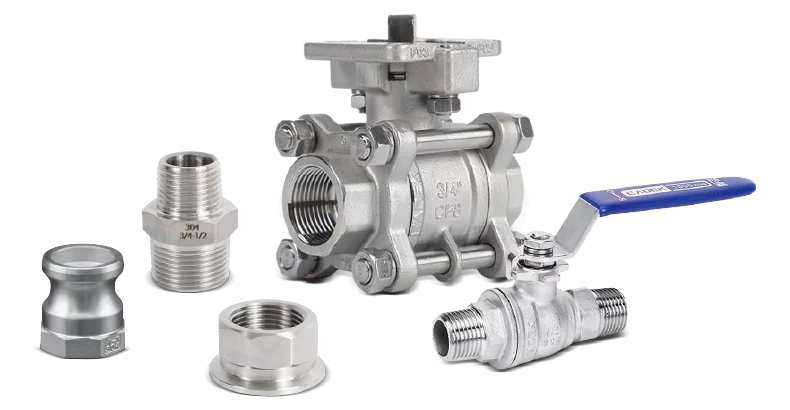Trong lĩnh vực công nghiệp, Phụ kiện Camlock được ưa chuộng nhờ phương pháp kết nối tiện lợi và phạm vi ứng dụng rộng rãi. Tuy nhiên, việc lựa chọn vật liệu phù hợp là rất quan trọng để đảm bảo hiệu suất và tuổi thọ của chúng. Hôm nay, chúng ta sẽ tìm hiểu sâu hơn về ứng dụng của nhôm, thép không gỉ và đồng thau trong phụ kiện Camlock, giúp bạn đưa ra quyết định sáng suốt.
Giới thiệu
Phụ kiện Camlock là gì?
Phụ kiện Camlock, còn được gọi là khớp nối nhanh, là thiết bị kết nối được sử dụng để truyền chất lỏng và khí. Các phụ kiện này bao gồm một thành phần đực và một thành phần cái, tạo nên kết nối nhanh chóng và an toàn thông qua cơ cấu khóa xoay. Phụ kiện Camlock được sử dụng rộng rãi trong nhiều ngành công nghiệp như hóa chất, thực phẩm và đồ uống, và thiết bị y tế, nhờ hiệu quả, dễ sử dụng và độ tin cậy cao.
Tại sao lựa chọn vật liệu lại quan trọng đối với phụ kiện Camlock
Việc lựa chọn vật liệu phù hợp cho phụ kiện Camlock rất quan trọng vì nó ảnh hưởng trực tiếp đến hiệu suất, độ bền và hiệu quả chi phí của chúng. Vật liệu quyết định khả năng chịu đựng các yếu tố môi trường như áp suất, nhiệt độ và tiếp xúc với các chất ăn mòn của phụ kiện. Bằng cách lựa chọn vật liệu phù hợp, bạn có thể cải thiện hiệu suất hệ thống, giảm chi phí bảo trì và kéo dài tuổi thọ thiết bị.
Vật liệu phổ biến cho phụ kiện Camlock
Nhôm
Đặc điểm hiệu suất
- Nhẹ: Phụ kiện Camlock bằng nhôm có trọng lượng nhẹ, giúp dễ dàng lắp đặt và vận chuyển.
- Độ dẫn nhiệt tốt: Thích hợp cho các ứng dụng cần tản nhiệt nhanh.
- Khả năng chống ăn mòn: Nhôm có khả năng chống ăn mòn tốt trong một số môi trường nhất định.
Ứng dụng phù hợp
- Ứng dụng tải nhẹ: Lý tưởng cho hệ thống truyền chất lỏng áp suất thấp, tải trọng thấp.
- Ngành thực phẩm và đồ uống: Nhôm dễ vệ sinh và đáp ứng tiêu chuẩn vệ sinh.
Ưu và nhược điểm
- Ưu điểm: Nhẹ và tiết kiệm chi phí, phù hợp với các dự án có ngân sách hạn chế.
- Nhược điểm: Độ bền và khả năng chống mài mòn nói chung thấp hơn, không phù hợp với môi trường có độ bền cao.
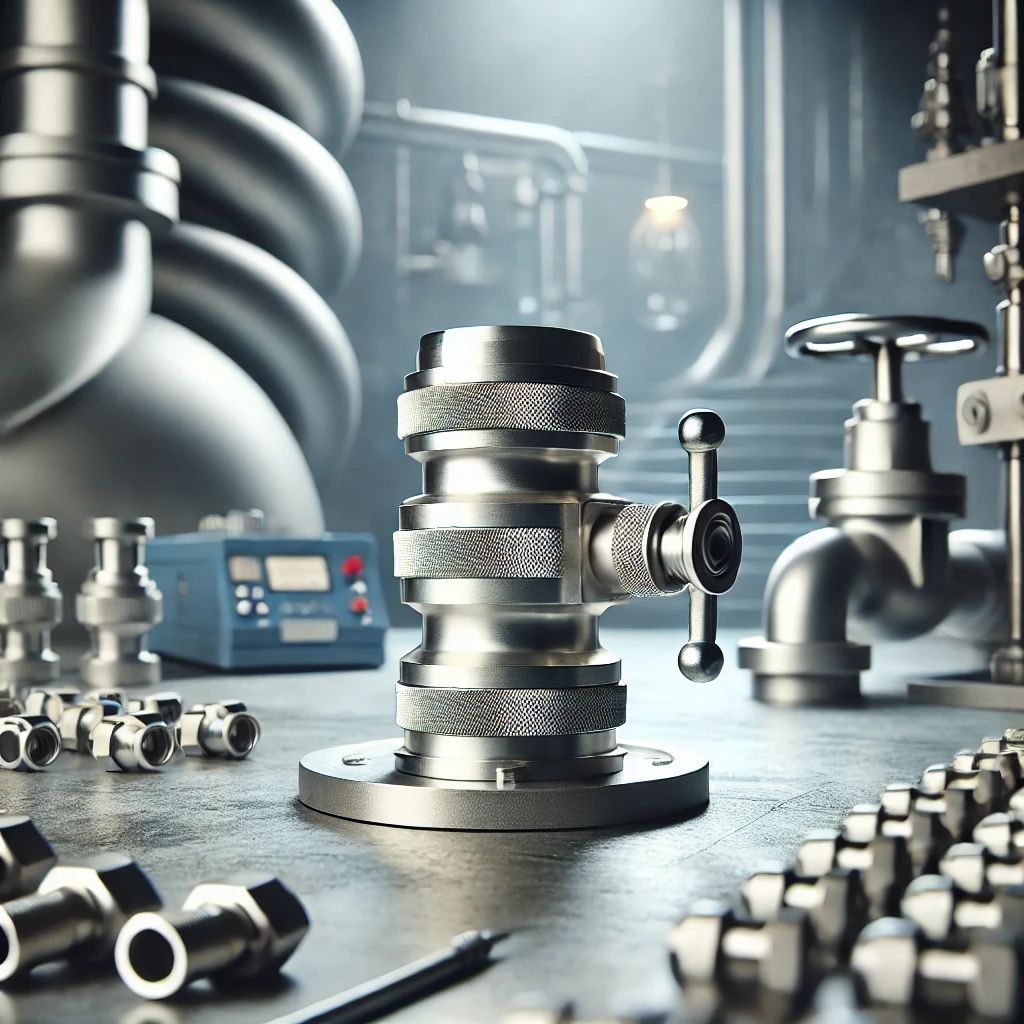
Thép không gỉ
Đặc điểm hiệu suất
- Độ bền cao: Thép không gỉ có độ bền cơ học tuyệt vời, phù hợp với điều kiện khắc nghiệt.
- Khả năng chống ăn mòn vượt trội: Hoạt động tốt trong môi trường axit và kiềm, kéo dài tuổi thọ.
- Khả năng chịu nhiệt độ cao: Có thể chịu được hoạt động ở nhiệt độ cao, phù hợp với hệ thống truyền nhiệt cao
Ứng dụng phù hợp
- Ngành công nghiệp hóa chất: Nhiều loại môi trường hóa chất khác nhau đòi hỏi khả năng chống ăn mòn cao.
- Ngành công nghiệp dầu khí: Độ tin cậy cao là cần thiết trong môi trường áp suất cao, nhiệt độ cao.
Ưu và nhược điểm
- Ưu điểm: Bền bỉ với chi phí bảo trì thấp, lý tưởng để sử dụng lâu dài.
- Nhược điểm: Chi phí cao hơn và trọng lượng lớn hơn, có thể làm tăng gánh nặng lắp đặt.

Thau
Đặc điểm hiệu suất
- Độ dẫn điện tốt: Phù hợp cho các ứng dụng yêu cầu kết nối điện.
- Tính chất kháng khuẩn: Có tính kháng khuẩn tự nhiên, lý tưởng cho môi trường có yêu cầu vệ sinh cao.
- Khả năng thi công cao: Dễ dàng chế tạo thành nhiều hình dạng phức tạp, đáp ứng nhiều nhu cầu khác nhau.
Ứng dụng phù hợp
- Thiết bị y tế: Tính chất kháng khuẩn đảm bảo an toàn vệ sinh trong môi trường y tế.
- Hệ thống xử lý nước: Chống ăn mòn và dễ vệ sinh, thích hợp cho các ứng dụng xử lý nước.
Ưu và nhược điểm
- Ưu điểm: Chống ăn mòn và kháng khuẩn, lý tưởng cho các ứng dụng có nhu cầu cao.
- Nhược điểm: Độ bền thấp hơn so với thép không gỉ và giá cả phải chăng, nhưng không tiết kiệm bằng nhôm.
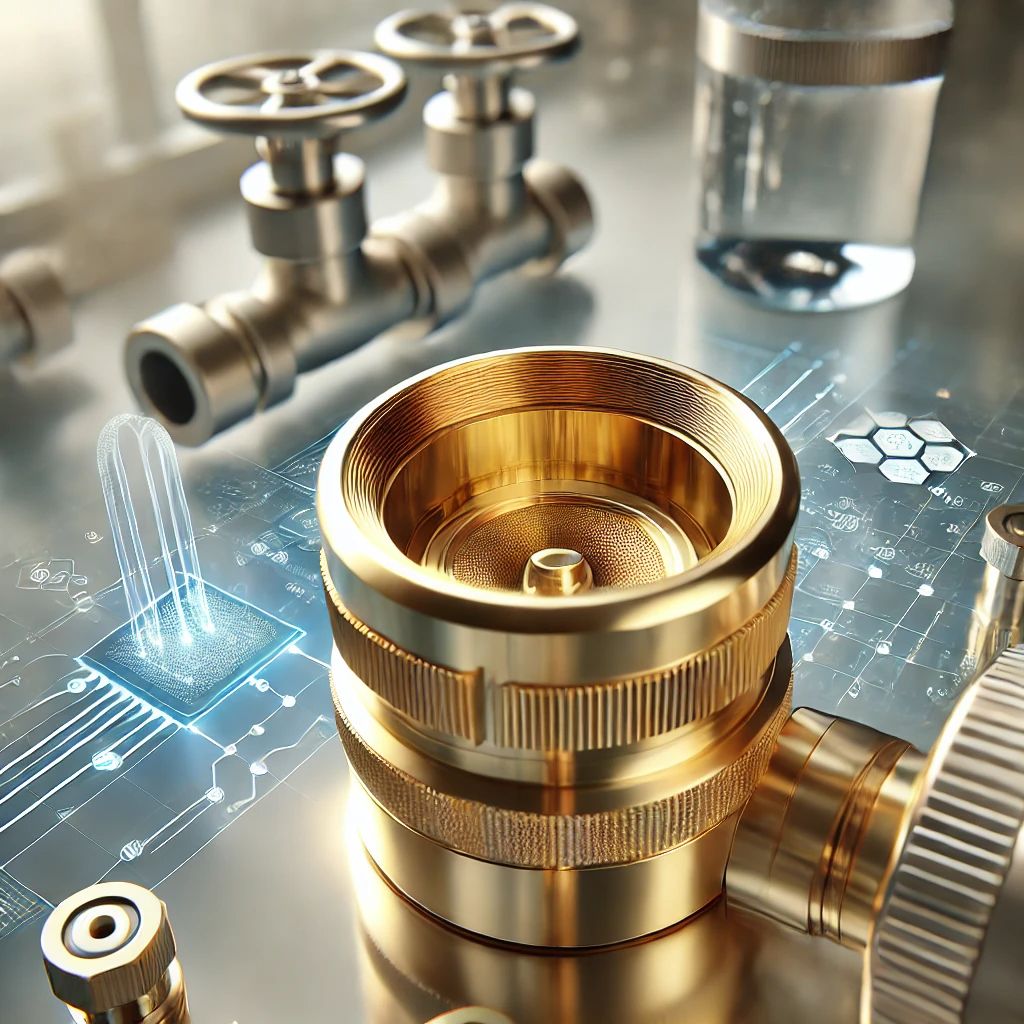
So sánh các vật liệu khác nhau
Khả năng chống ăn mòn
- Thép không gỉ > Đồng thau > Nhôm. Thép không gỉ hoạt động tốt nhất trong nhiều môi trường ăn mòn khác nhau, tiếp theo là đồng thau. Nhôm cũng có khả năng chống ăn mòn tốt trong một số điều kiện cụ thể.
Sức mạnh và độ bền
- Thép không gỉ > Đồng thau > Nhôm Thép không gỉ có độ bền và sức bền cơ học cao nhất, đồng thau ở mức trung bình và nhôm thấp hơn, phù hợp với các yêu cầu về độ bền khác nhau.
Cân nặng
Nhôm < Đồng thau < Thép không gỉ Nhôm là vật liệu nhẹ nhất, lý tưởng cho các hệ thống cần giảm tổng trọng lượng, trong khi thép không gỉ là vật liệu nặng nhất, thích hợp cho các ứng dụng có độ bền cao, tải trọng lớn.
Trị giá
- Nhôm < Đồng thau < Thép không gỉ. Nhôm là vật liệu tiết kiệm chi phí nhất, phù hợp với các dự án có ngân sách hạn chế. Thép không gỉ đắt nhất nhưng có tuổi thọ cao hơn và hiệu suất cao hơn.
Bảo trì và Bảo dưỡng
- Thép không gỉ dễ bảo trì.
- Đồng thau cần được kiểm tra thường xuyên để tránh bị oxy hóa.
- Nhôm dễ bị trầy xước, ảnh hưởng đến hiệu suất. Khi chọn vật liệu, hãy cân nhắc đến sự tiện lợi và tần suất bảo trì.
Lựa chọn vật liệu cho các ứng dụng cụ thể
Truyền chất lỏng công nghiệp
- Vật liệu ưa thích: Thép không gỉ
- Lý do: Độ bền cao và khả năng chống ăn mòn để chịu được nhiều điều kiện khắc nghiệt, đảm bảo truyền chất lỏng ổn định và an toàn.
Ngành thực phẩm và đồ uống
- Vật liệu ưa thích: Nhôm hoặc thép không gỉ
- Lý do: Nhôm nhẹ và dễ vệ sinh, trong khi thép không gỉ có khả năng chống ăn mòn và đáp ứng các tiêu chuẩn vệ sinh, đáp ứng nhu cầu cụ thể của ngành thực phẩm và đồ uống.
Nông nghiệp và chế biến hóa chất
- Vật liệu ưa thích: Thép không gỉ
- Lý do: Chống ăn mòn và chống hóa chất, có khả năng xử lý nhiều thách thức khác nhau trong quá trình chế biến nông sản và hóa chất, kéo dài tuổi thọ thiết bị.
Dầu khí
- Vật liệu ưa thích: Thép không gỉ
- Lý do: Độ bền cao và khả năng chống chịu nhiệt độ và áp suất cao, đảm bảo độ tin cậy và an toàn trong môi trường khắc nghiệt.
Thiết bị y tế
- Vật liệu ưa thích: Thau
- Lý do: Tính chất kháng khuẩn và khả năng làm việc cao đáp ứng các tiêu chuẩn vệ sinh nghiêm ngặt của môi trường y tế, đảm bảo an toàn và độ tin cậy của thiết bị.
Để biết thêm thông tin chi tiết về việc sử dụng các khớp nối ống chuyên dụng trong nhiều ngành công nghiệp khác nhau, hãy xem bài viết của chúng tôi về ứng dụng của khớp nối Camlock trong nhiều ngành công nghiệp khác nhau.
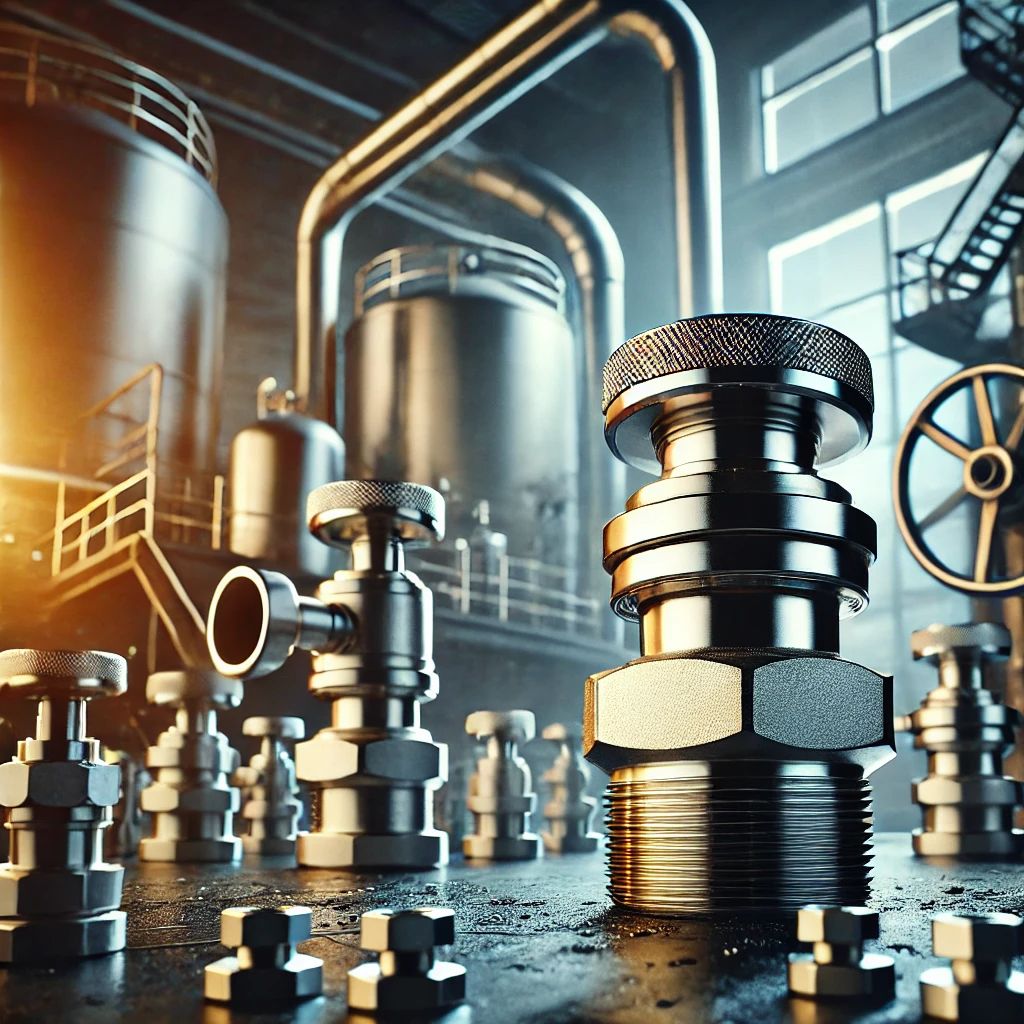
Phần kết luận
Những cân nhắc toàn diện
Khi lựa chọn vật liệu cho phụ kiện Camlock, điều quan trọng là phải cân nhắc môi trường ứng dụng, hạn chế về ngân sách và yêu cầu bảo trì. Mỗi vật liệu có hiệu suất khác nhau trong các điều kiện khác nhau, và việc lựa chọn vật liệu phù hợp sẽ đảm bảo hệ thống vận hành hiệu quả và sử dụng lâu dài.
Lựa chọn vật liệu được đề xuất
Hãy chọn vật liệu phù hợp nhất với ứng dụng cụ thể của bạn, cân bằng giữa hiệu suất và chi phí để đảm bảo độ tin cậy lâu dài. Ví dụ, thép không gỉ lý tưởng trong môi trường ăn mòn cao, trong khi nhôm phù hợp với các ứng dụng nhẹ và tiết kiệm chi phí.
Bằng cách hiểu rõ các ứng dụng, ưu điểm và nhược điểm của nhôm, thép không gỉ và đồng thau trong phụ kiện Camlock, bạn có thể đưa ra lựa chọn tốt nhất dựa trên nhu cầu thực tế, nâng cao hiệu quả và độ tin cậy tổng thể của hệ thống. Cho dù trong lĩnh vực truyền tải chất lỏng công nghiệp, thực phẩm và đồ uống, hay thiết bị y tế, việc lựa chọn vật liệu phù hợp là một bước quan trọng để đảm bảo thành công.

